5 Mistakes to avoid when starting a fashion label
Mistakes to avoid when starting a business - this post is specifically for the fashion industry (because as we know, the fashion industry always has to be a little bit different + a little bit harder than other industries!). So, here's my top 5 mistakes to avoid when starting your fashion label (+ you can trust me, because I've been there + made those mistakes when I started my own business many years ago, so you don't have to!).
If you want to start a fashion business but don't know where to start with manufacturing your clothing, you can click here to register for my free Masterclass ‘How to Get Your Fashion Ideas Produced, Without Wasting Time and Money’
1. Don't be vague
I understand there's a massive temptation to just design whatever you fancy, but the reality is that if you're to succeed in business, there needs to be plan + structure. The first step to starting your fashion business is to really think about who your customers will be + what you want your brand to be like (more on this in an upcoming post) + this is super important, as this will help you make decisions throughout your business. The products you make, to the quality, where you sell them + how you market them, will all be dependent upon who your target customer is + what your brand image is. For example, if you put a lot of time + effort in making a beautiful eveningwear collection + your next range is Men's board shorts, customers + stockists will be left feeling confused + you will most likely alienate most of your existing customers. I appreciate this is an extreme example, but you see what I mean! When working with pretty much any professional, you'll be asked details about your business, target customer + brand ideals (there's a free checklist in my resource library which covers all of the questions I ask my design clients. You can download it below for free if you'd like) + you'll get much better results if you can clearly + confidently tell them.
2. Don't try + please everyone
Tying in with point number one, when you've decide on your target customer, make sure you stick to them. It's great to do customer research before starting work on your designs + products, it's something that I'd recommend to everyone. If you are doing customer research though, do make sure that you get enough opinions + don't just ask 2 or 3 people. The reason for this is that you can't please everyone + you need to differentiate what ideas are genuinely in demand + which are the opinions of just one person. For example, a large retailer I worked for reviewed ALL of the customer suggestions that were sent in, this is great for both the company (customer feedback is absolute GOLD) + the customers were happy to have their say. But we didn't (+ couldn't possibly) follow all suggestions through. We had to look at the majority + as we had over 100,000 customers, we couldn't start branching out into dog beds because one person asked for it. The bottom line is that you cannot + will not please everyone + that's ok. It's much better to create products that your small audience will love, rather than a range that a lot of people will kind of like but probably not enough to be a customer.
3. Don't try + do everything yourself
This is the one that I'm most guilty of, it took me years to reach out to others to help me with things that I'm not an expert at + in hindsight I can see how much it slowed my business down, both because it took me so long to get things done (for example, my website, because I learnt how to build a website + then built it, rather than just hired someone to do it) + also because there were things that I simply didn't know about. I'm a self confessed control freak + I did find it hard initially to pass things over to others, or invest in training. I also had a fear of investing in the wrong thing + regretting the decision, but now I've invested in people, I can't believe I didn't do it sooner. Of course there's a cost associated with this + you have to weigh up the pros + cons, but I found that my investment in coaches (specifically for marketing, in my case) + software have not only improved my results, but they also save me a TON of time. And as we know, time is money! So it is worth considering getting help if you can, especially on areas that your not confident in, or things that others can do faster, so you can free up time for other tasks.
4. Don't do everything at once
This works across a lot of the business, from product launches, to marketing strategy + general business tasks. I'm a big believer in planning + organising things (but make sure you don't use it as a distraction + end up getting nothing done!). I set 5 year, 1 year + monthly goals at the start of the year + at the start of each month I go into more detail for the monthly goal + look at what I need to achieve each week. This may sound a little extreme, but it really helps me to focus on what is actually important + stops me from 'fluffing around' + doing things that seem important at the time, but aren't actually contributing to my long term business aims.
This also relates to marketing + products - it's much better to focus on one thing + do it really well, rather than trying lots of things + down an average job at it. For example, if you can't commit to doing a good job on Instagram, Facebook, Twitter + Pinterest, just focus on one. Build it up + branch out into something else when you've built a following there. The same goes for products - if you've got an activewear clothing line, give it all of your attention + make it amazing, before you branch out into selling yoga mats, for example. Yoga mats are a totally different ball game in terms of production, so you'll end up doing twice the work. Wait until you've established a good system with your clothing supplier, before working things out with a yoga mat manufacturer.
5. Don't underestimate the power of a business plan
This is essentially the culmination of points 1-4. Writing a business plan sounds very dull to most people wanting to start a creative business + is something that is often skipped. I really believe in the power of the business plan, because it helps you to focus your ideas + keep your business on track. If you're not looking for investment, the business plan will be just for you, so if you're more comfortable with pictures, you can use these to express your brand aesthetic + target customer. If you decide to work with a freelance designer or marketing professional, you already have something set up to show them, rather than having to fumble around getting something together for them. By investing some time in this at the beginning, it'll save you a lot of time in the long run. Of course, your business plan may evolve down the line, but by setting yourself some guidelines to follow, you'll feel more in control of what's happening + be less likely to fall for 'shiny object syndrome'! (Where you get distracted by new ideas without thinking it through!).
The other benefit of doing it business plan, is it will make you treat your business like a business. For example, you may not want to start selling wholesale right away, but if you've put it in your business plan for the future, you can work towards achieving that from the outset. Your pricing is a big thing to consider + if you're selling to boutiques, they usually expect a 50% discount, so you need to plan for this from day 1. No-one likes to hear there's been an unnecessary price increase!
So that's it, my 5 tips for mistakes to avoid when starting your fashion label! If you've found this useful + are now raring to go with your ideas, you might be interested in my signature course, which takes you from idea through to producing and selling your fashion range. It’ll help you to understand and avoid the pitfalls that new brands often fall victim to and save yourself lots of time and money in the process. To learn more about the course, you can click here.
As always, feel free to comment below with any questions, or suggestions for future posts....

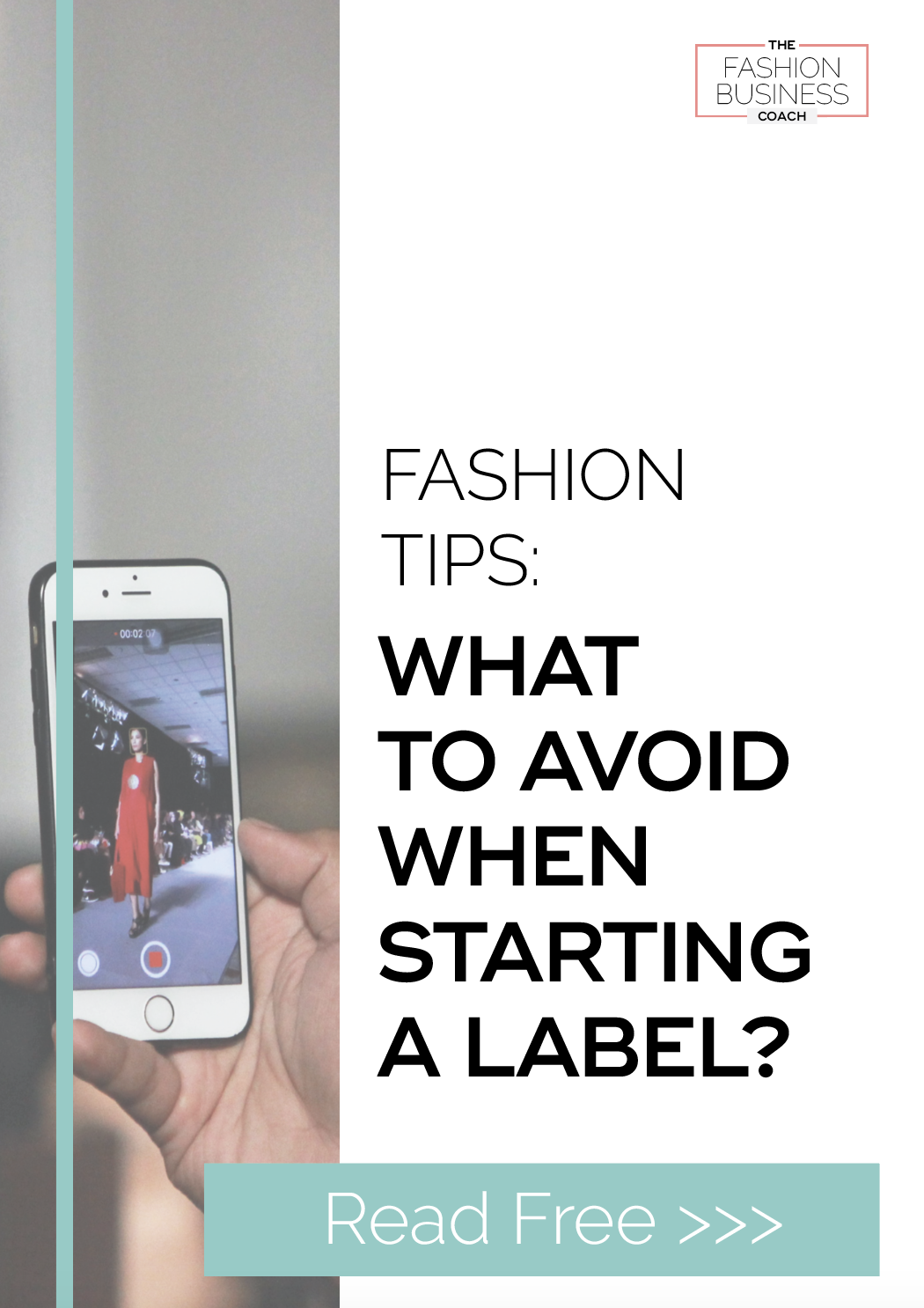
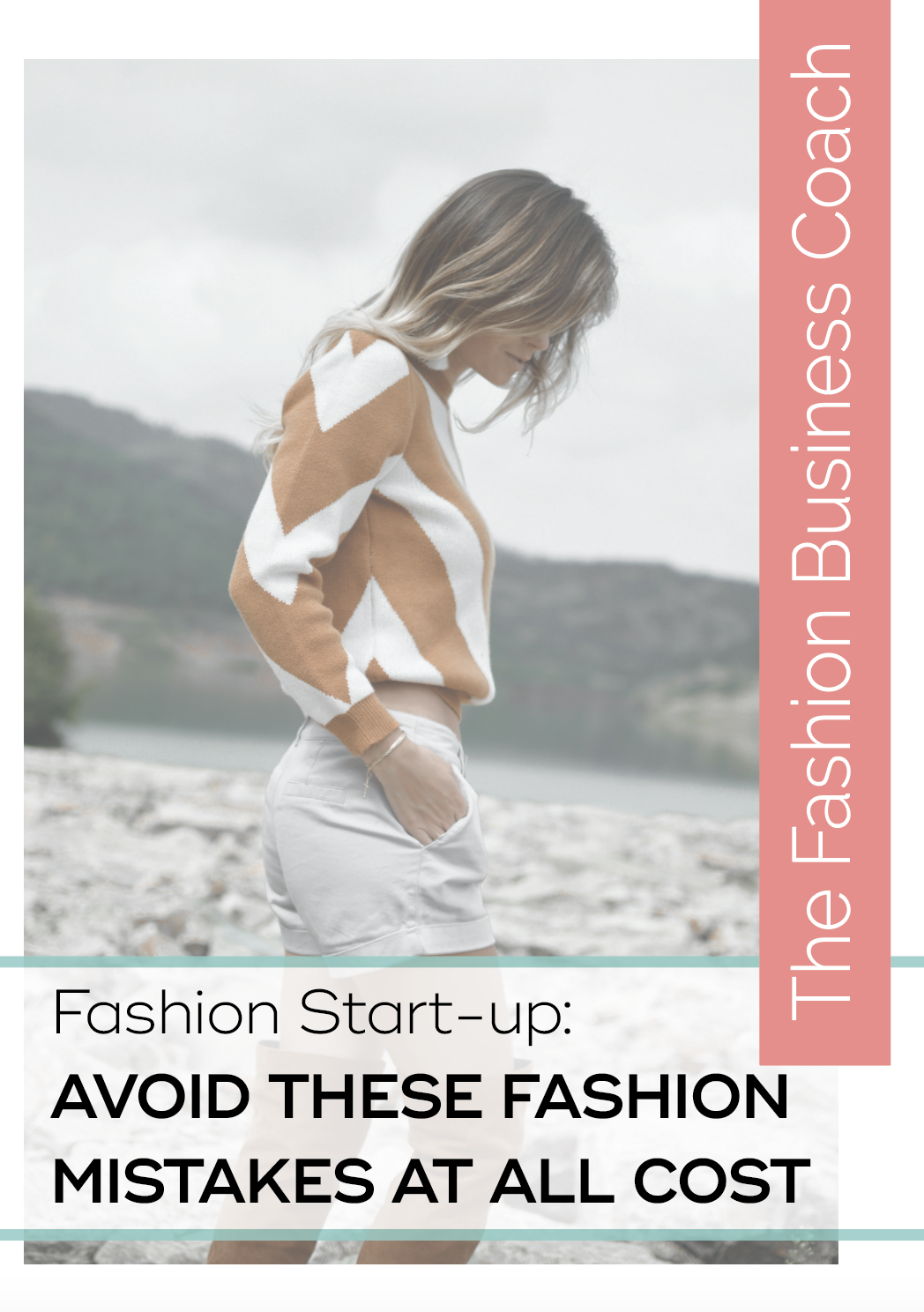

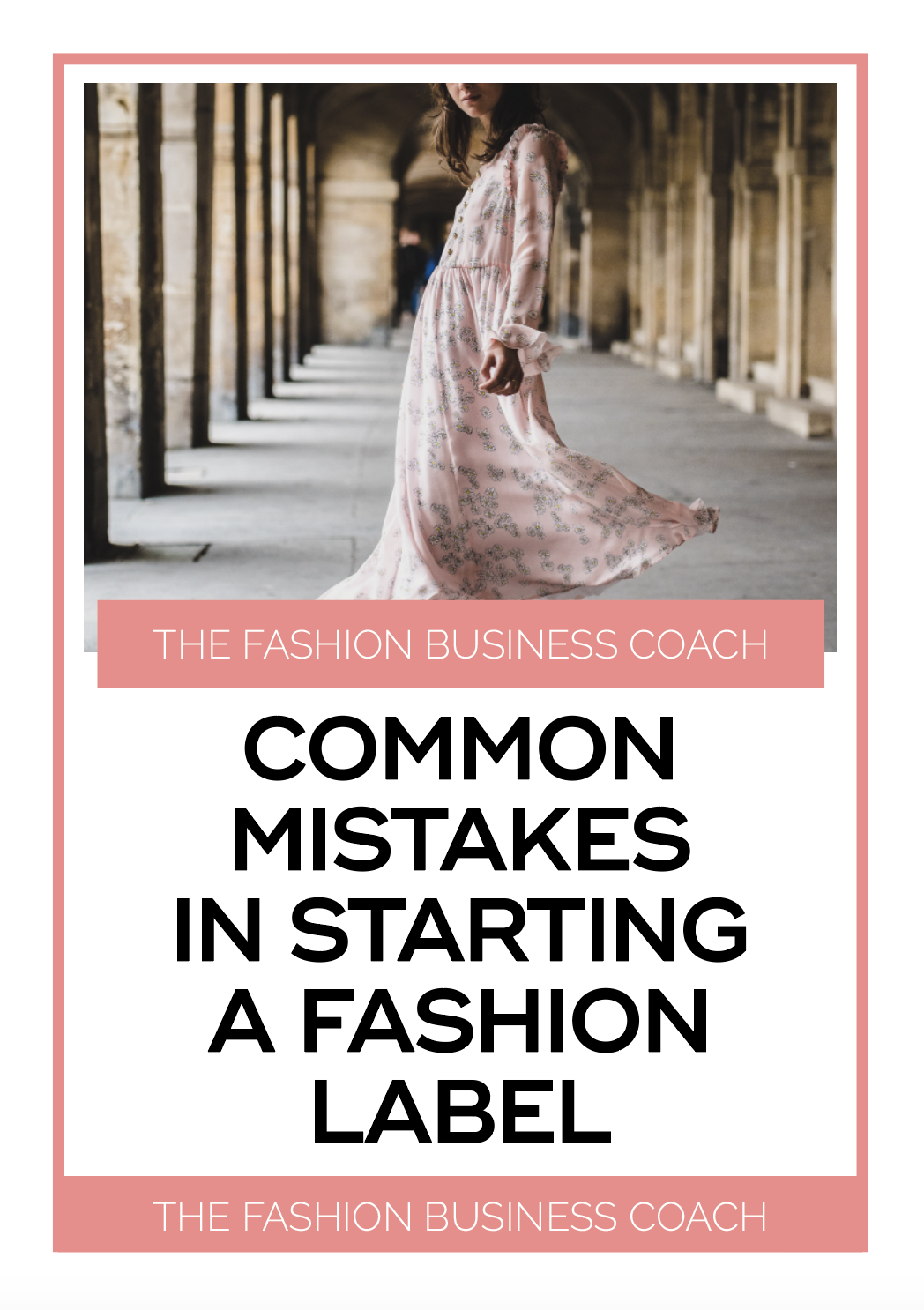


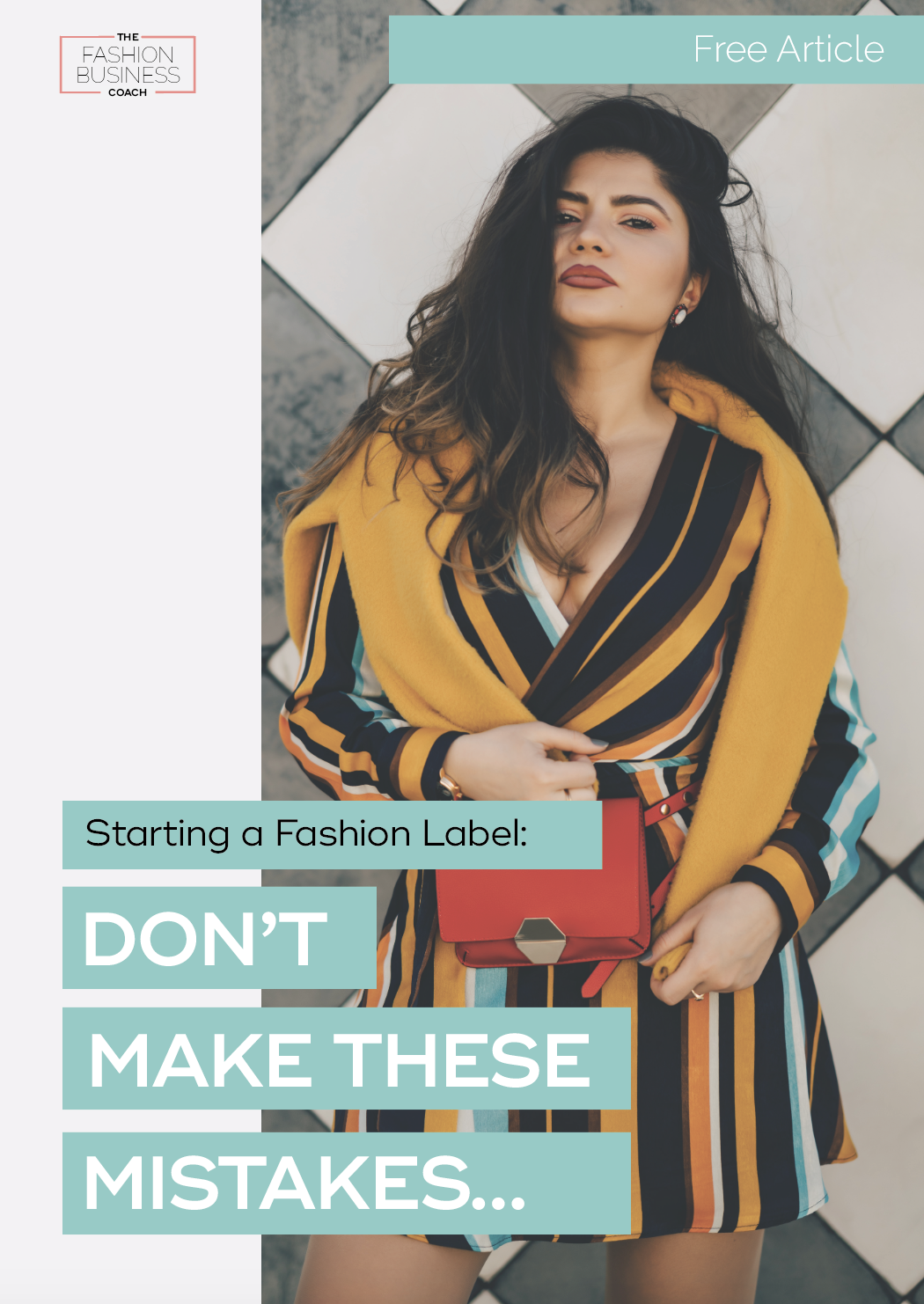

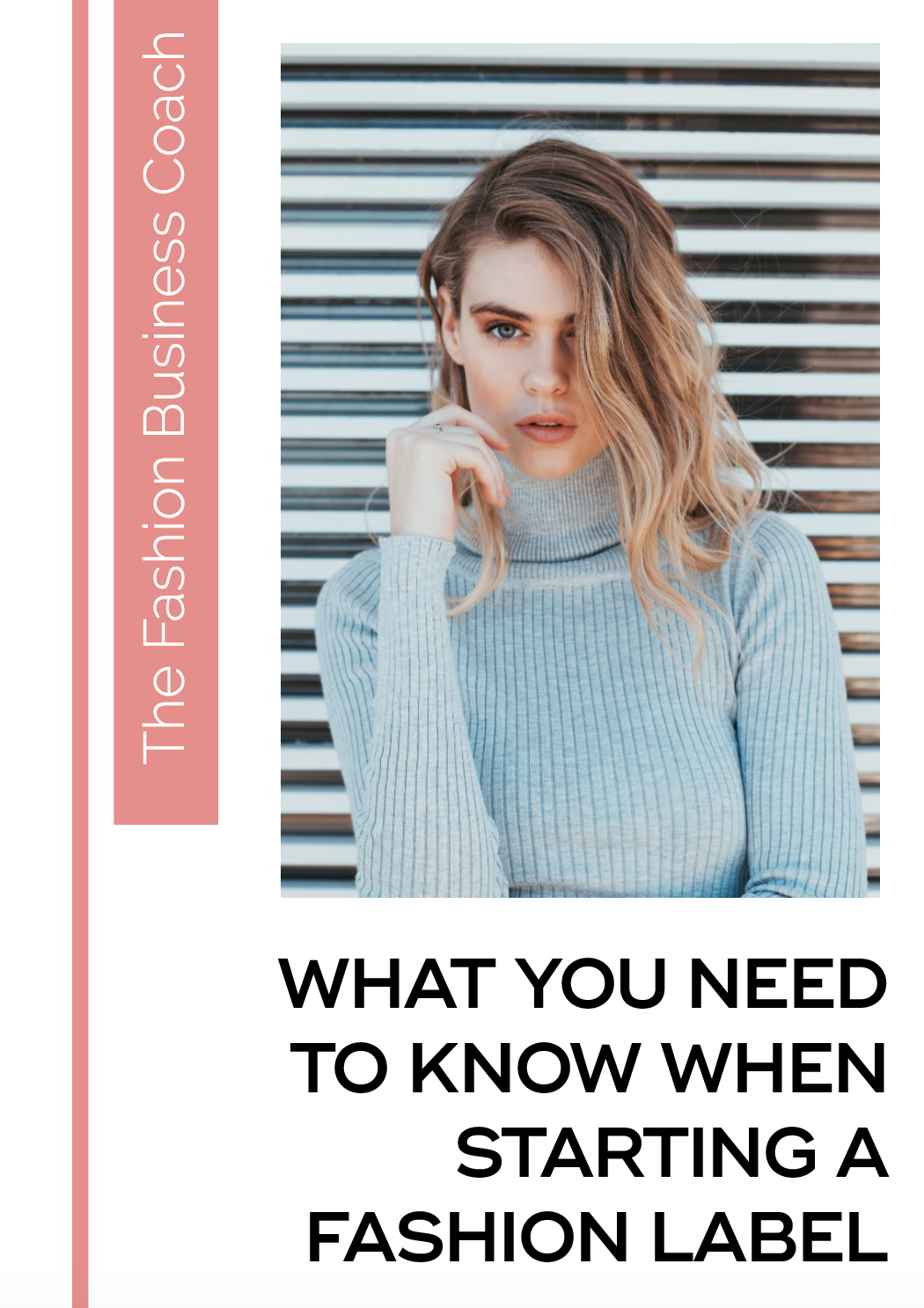














Pickleball outfit inspiration……